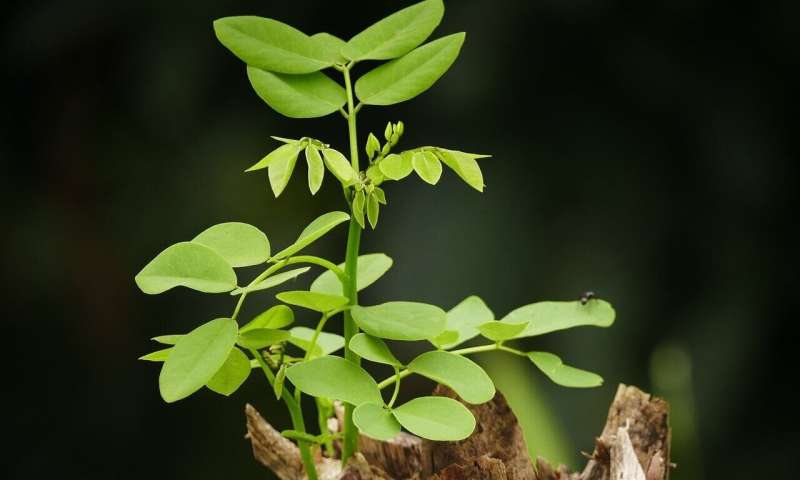Survey results show positive perceptions of adaptive tree breeding

A European survey carried out by the B4EST project shows that improved forest reproductive materials are perceived positively by the forest sector, and are considered important in forest regeneration and afforestation to adapt to climate change.
The survey wanted to understand the experiences and expectations of different groups in the forest sector towards adaptive tree breeding, and the usage and uptake of improved forest reproductive material (FRM). FRM refers to all parts of a tree that can be used for reproduction, for example fruits, seeds and cones. Improved FRM which result from selection on a combination of adaptive and production performances can provide specific benefits, for example better resilience to climate conditions, pests and diseases.
The survey received 565 responses from nine European countries (Finland, France, Germany, Italy, Norway, Portugal, Spain, Sweden and the United Kingdom). The online survey was open to all stakeholders of the forest-based bioeconomy, and received the highest number of responses from public administrators as well as public and private forest managers. Eight species were investigated—six native (Norway spruce, Scots pine, maritime pine, poplar, common ash, stone pine) and two non-native (Douglas-fir, Eucalyptus).
The results show that negative effects of climate change are increasingly expected by 2050, with regional difference between Scandinavia and Southern Europe. There is some confidence by the European forest sector that future climatic changes will be manageable, and that improved forest reproductive material will be an important management strategy to adapt to climate change. Respondents said their three most important forest management strategies to adapt to climate change will be:
- Diversification of tree species
- Artificial regeneration with improved forest reproductive material combined with revision of guidelines towards optimal adaptation to future climate
- Enrichment of natural regeneration with forest reproductive material better adapted to future climate changes
To successfully adapt to climate change, the use and importance of improved forest reproductive material is expected to increase and at the same time, more research is needed to find solutions to the biggest threats like droughts, windstorms and pests. This may indicate that breeding programs for a larger number of species are required, to reach an expected level of diversification.
More information: For more information, see www.b4est.eu/
Provided by CORDIS



















